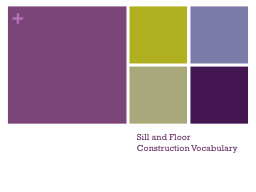PPT-WOOD I-JOISTS & FIREFIGHTER SAFETY
Author : hondasnoopy | Published Date : 2020-06-25
Awareness Guide Ray OBrocki CBO Manager Fire Service Relations American Wood Council Purpose of this guide The purpose of this Awareness Guide is to provide the
Presentation Embed Code
Download Presentation
Download Presentation The PPT/PDF document "WOOD I-JOISTS & FIREFIGHTER SAFETY" is the property of its rightful owner. Permission is granted to download and print the materials on this website for personal, non-commercial use only, and to display it on your personal computer provided you do not modify the materials and that you retain all copyright notices contained in the materials. By downloading content from our website, you accept the terms of this agreement.
WOOD I-JOISTS & FIREFIGHTER SAFETY: Transcript
Download Rules Of Document
"WOOD I-JOISTS & FIREFIGHTER SAFETY"The content belongs to its owner. You may download and print it for personal use, without modification, and keep all copyright notices. By downloading, you agree to these terms.
Related Documents

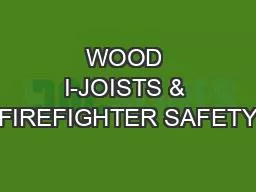





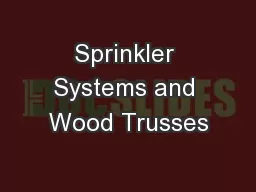
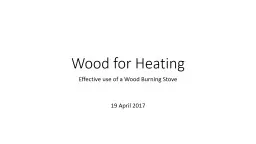

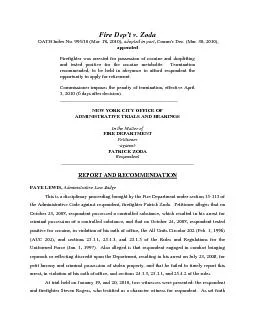
![[EPUB] - Firefighter I & II Exams Flashcard Book (Book + Online) (Firefighter Exam Test](https://thumbs.docslides.com/902470/epub-firefighter-i-ii-exams-flashcard-book-book-online-firefighter-exam-test-preparation.jpg)

